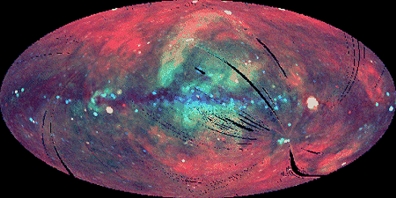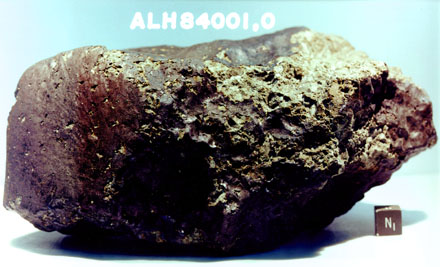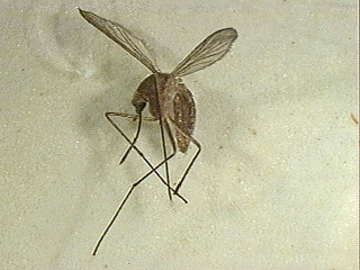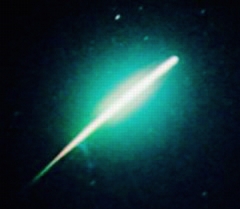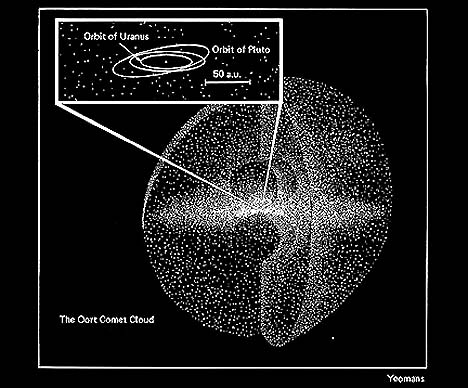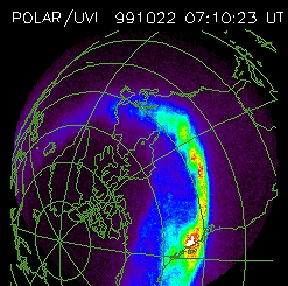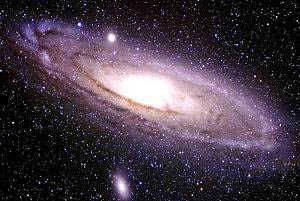
"Chandra's x-ray image of the cool temperatures in the black hole at the center of the Andromeda galaxy kind of flies in the face of what we think happens when matter falls into a black hole. It usually gets very hot.So, this is sort of a unique observation. I'm not aware of any other black hole systems where you see such cool x-ray radiation."
- Eliot Quataert, Ph.D., Astrophysicist -
January 28, 2000 Princeton, New Jersey - Observing x-ray and gamma ray emissions suggestive of a black hole at the center of many galaxies is old hat these days for astrophysicists. Our own Milky Way galaxy seems to have one and so does its nearby twin, the Andromeda galaxy. The suspected black hole at the center of the Milky Way is two and a half times more massive than our sun. But a black hole candidate at the center of Andromeda is 30 million times more massive than our sun.
Click here to subscribe and get instant access to read this report.
Click here to check your existing subscription status.
Existing members, login below:


